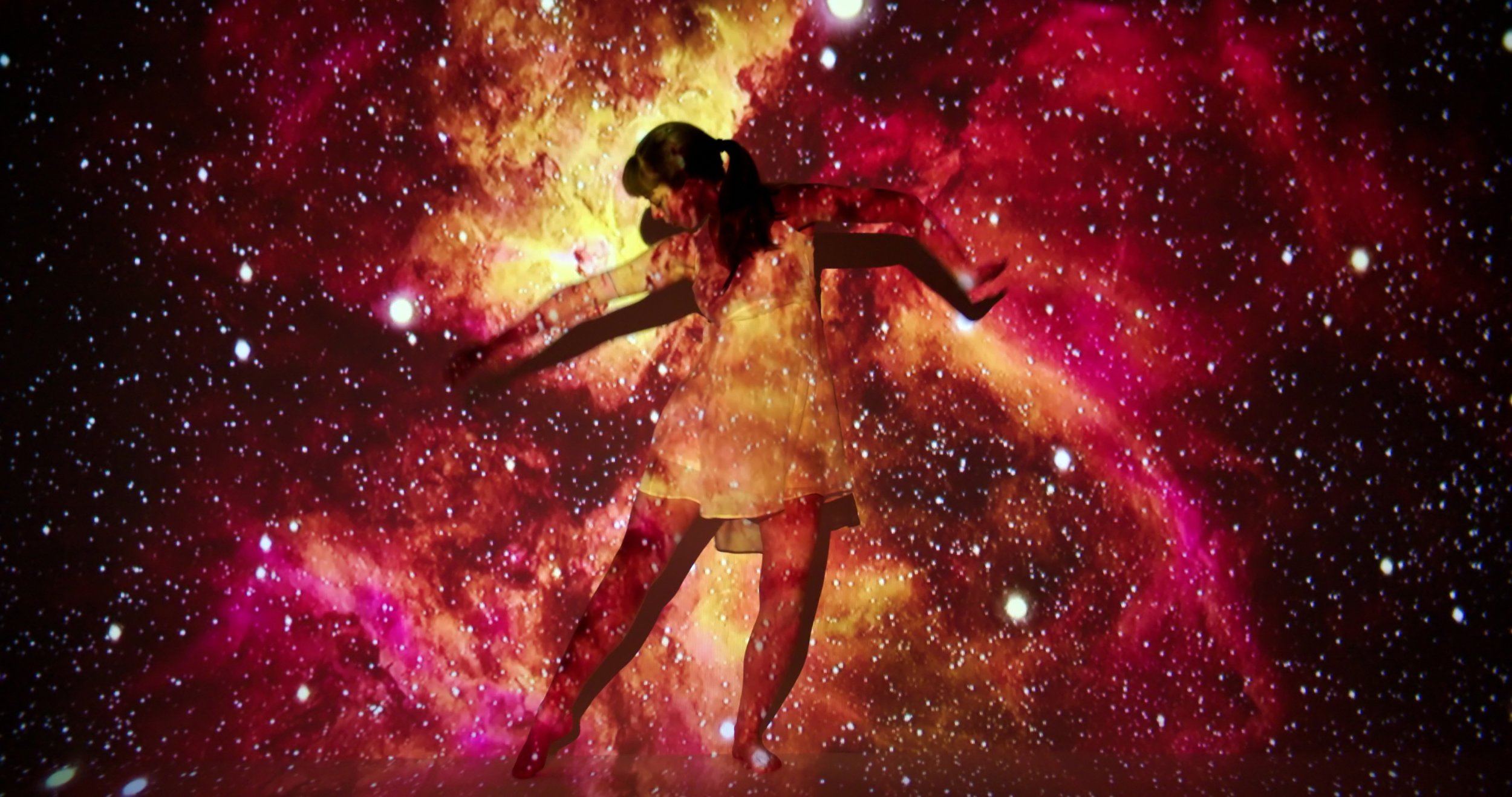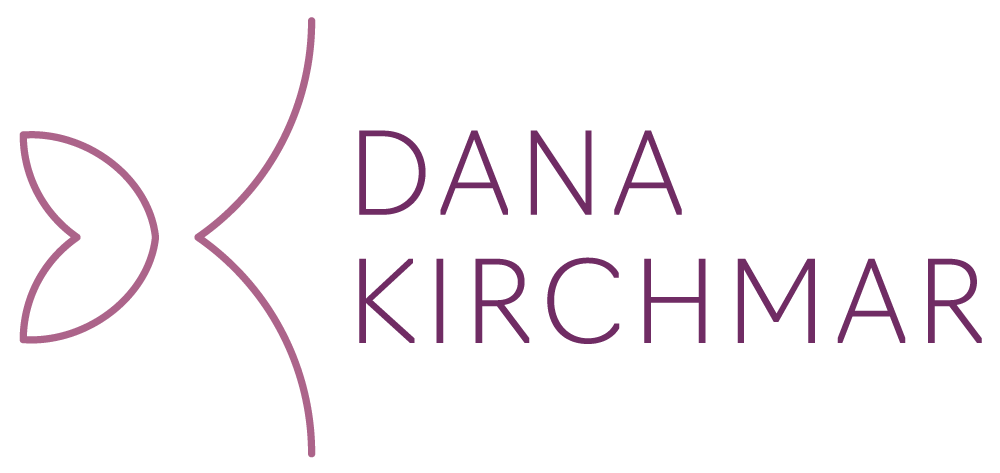
Space Choreographer - Dancing Between the Stars
What's the Gig?
Hey, ever thought dance and outer space could go hand in hand? Let me introduce you to the fascinating world of Space Choreography. Yes, you heard it right—choreography, but in space! It's not just about moving your body; it's about understanding the physics of zero gravity, the limitations of spacesuits, and creating something breathtakingly beautiful. Talk about taking the arts to new heights, literally.
What's on Your Desk?
A bunch of super-cool stuff. We're talking about a laptop loaded with 3D movement software, some mini models of astronauts in spacesuits, and probably some space-themed knick-knacks because, why not? You could be scribbling dance steps on one hand and equations on the other.
Skills and Schooling
Bachelor's Degree: Usually in Dance or Performing Arts, but Physics isn't out of the question.
Additional Training: Choreography courses mixed with some Physics 101 can't hurt.
Physics Understanding: Grasping the laws of motion in zero gravity is crucial.
Creativity: You're setting the stage for a zero-g masterpiece.
Collaboration: Working with engineers, astronauts, and scientists to make the art possible.
Communication: Explaining your vision in layman's terms is a must.
Who Will You High-Five?
You'll work with an ensemble that's as diverse as the galaxy—engineers, astronauts, artists, and maybe even a few traditional choreographers who want to see how far the rabbit hole—or black hole—goes.
Where You Could Hang Your Hat
NASA: Where else? The big leagues, obviously.
SpaceX: Elon's crew could always use some more flair.
Blue Origin: Jeff Bezos' space venture isn't all business; they're into the arts too.
ESA (European Space Agency): Who says the Americans get to have all the fun?
Virgin Galactic: Commercial space travel needs entertainment!
Planetary Dance Co.: A startup focusing solely on dance in space environments.
Zero-G Arts Collective: Think of it as the indie film scene but for space choreography.
Why You Might Just Love This
Innovation: This is the frontier of artistic expression, like, literally.
Impact: Who knows? Your choreography might be humanity's first art form to reach alien civilizations.
Diversity: A medley of science, art, and exploration. You can't make this stuff up.
A Day in the Life of a Space Choreographer
Morning: Wake Up and Reach for the Stars
9:00 AM: Get your favorite celestial smoothie and open up your 3D movement software. Time to fine-tune those zero-g dance steps.
9:30 AM: Sync-up with your engineers and artists. Make sure everyone is literally and metaphorically on the same page—or should I say, the same orbit?
Midday: The Lab Meets the Studio
11:00 AM: Head over to the zero-g simulation chamber. It's rehearsal time, but like, in a floating sort of way.
12:30 PM: Lunch and brainstorming. Today's topic: "How can we make the Moonwalk actually walk on the moon?"
Afternoon: Collaboration and Tweaks
2:00 PM: Virtual conference with astronauts. They've got feedback on ease of movement in their spacesuits.
3:30 PM: Meet with the team to update choreography based on real-world (or should I say, real-space) constraints.
Evening: The Sky Is Not the Limit
5:00 PM: Research, research, research. Whether it's gravitational pull or artistic history, you're on it.
6:30 PM: Review video footage of the day's rehearsals. Make final notes for tomorrow's session.
7:00 PM: Sign off. Your mind might be in the stars, but your feet are firmly on Earth—until the next rehearsal, at least.
And there you have it. As a Space Choreographer you're pirouetting on the edge of science and art. And let's be real, isn't that what STEAM is all about? So, if you're passionate about both twirls and telescopes, this could be your stage! 🌌💃
